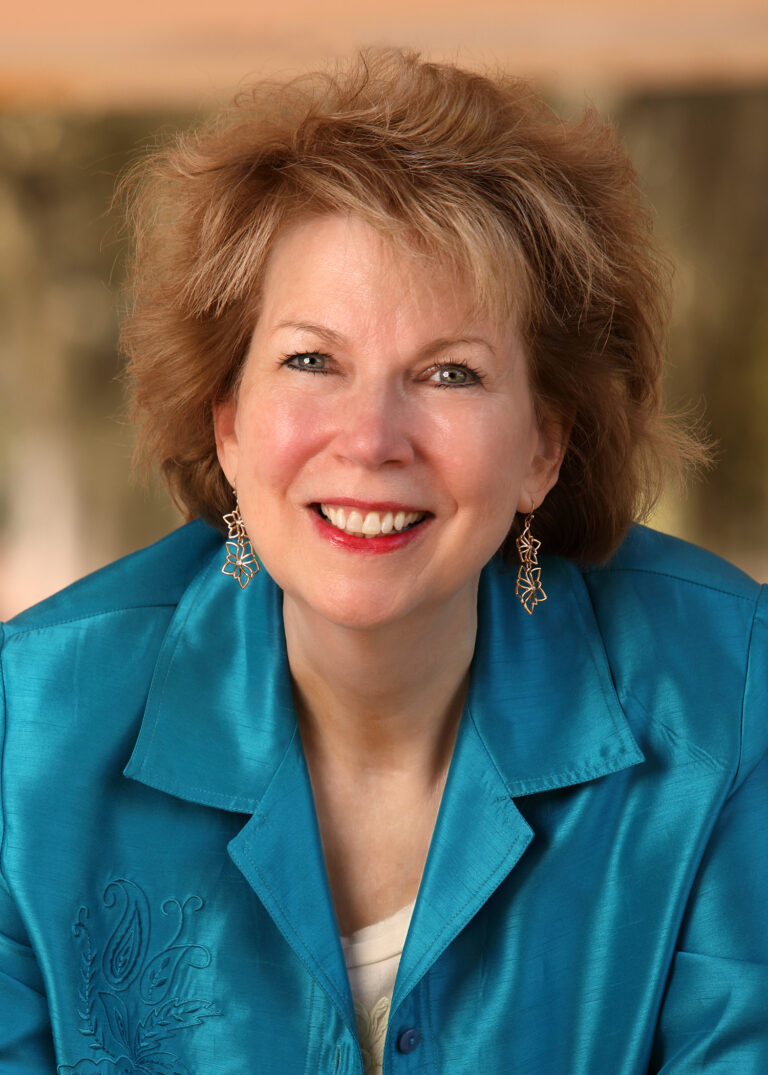Middle East, Middle America, and perspective
Middle America is feeling the effects of rising tensions in the Middle East, uncertainty over the current state of inflation and its impact on interest rate policy, and the prospects for continued economic growth. I define Middle America as those persons who have enough money to care what happens to their portfolios and economic situation, but not so much money that they are insulated and unconcerned with economic fluctuations.
The recent successful and unsuccessful drone and missile attacks on Israel will continue to weigh in on market performance for domestic and international stocks, crude oil prices, and potentially any investment. The markets are near all-time highs, which means that the markets have recovered from every economic downturn, election surprise, terrorist attack, high and low inflationary period, and the list goes on. Will this time be different? Time will tell, but history, as evidenced by our current market levels, says that capitalism will most likely overcome any short-term or extended downturns.
Interest rates continue to be elevated. Late 2023 forecasts called for interest rate decreases to be present by now. They are not. This is good for retirees who want to earn relatively high interest rates with as little risk as possible on their savings and investments. The high rates are not good for business owners as well as home buyers and sellers. The real estate markets have slowed, but there is activity. The real estate markets in and around Gulf County continue to see regular transactions for vacation homes, investment properties, and primary residences. Ultimately, market prices are what a willing buyer and seller can agree on – regardless of what an appraiser or Zillow have to say.
Especially when there is a lot of “noise” in the news, I always encourage clients and friends to “focus on percentages because percentages bring perspective.” If someone says, “My portfolio was down $100,000 last year,” that may be very concerning. But, if that person had $10 million invested, that $100,000 decrease is a very low 1% decline. Percentages bring perspective to the upside as well as the downside. If you were to hear that a stock market index was up or down by 500 points, that may cause you to react more emotionally than if you heard the market index was up or down by 1.3%.
If you are in the Middle America category, maintain perspective throughout geopolitical concerns, interest rate fluctuations, and portfolio performance by using percentages, an awareness of how and why your portfolio might be impacted, and, most importantly, how and why your financial plan says that you should make changes, stay the course, or consider yourself exempt from concern.
Gulf County resident Walter L. Woodrick is a certified financial planner practitioner, and the author of two books. His website is WoodrickFinancial.com. You can text Walter at 850.724.1369. Securities and advisory services are offered through LPL Financial, a registered investment advisor, Member FINRA/SIPC. The opinions voiced in this material are for general information only and not intended to provide specific advice or recommendations for any individual. All performance referenced is historical and is no guarantee of future results. All indices are unmanaged and may not be invested into directly. 566731-1





Meet the Editor
David Adlerstein, The Apalachicola Times’ digital editor, started with the news outlet in January 2002 as a reporter.
Prior to then, David Adlerstein began as a newspaperman with a small Boston weekly, after graduating magna cum laude from Brandeis University in Waltham, Massachusetts. He later edited the weekly Bellville Times, and as business reporter for the daily Marion Star, both not far from his hometown of Columbus, Ohio.
In 1995, he moved to South Florida, and worked as a business reporter and editor of Medical Business newspaper. In Jan. 2002, he began with the Apalachicola Times, first as reporter and later as editor, and in Oct. 2020, also began editing the Port St. Joe Star.